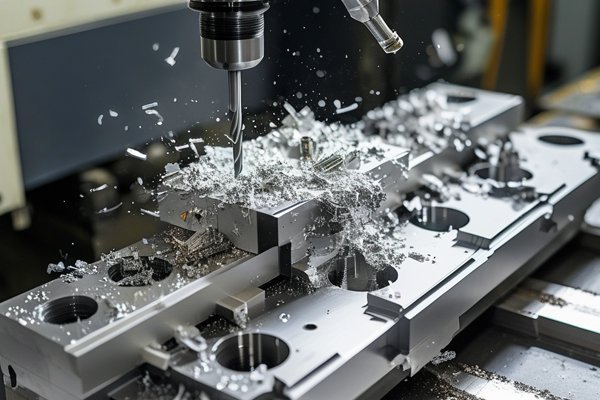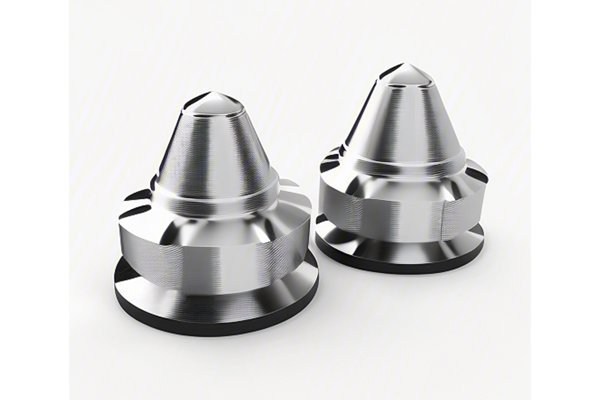When it comes to producing high-quality parts and products, many manufacturers encounter the challenge of effectively finishing their CNC machined components. In fact, an impressive 90% of the perception regarding product quality stems from its surface finish. This statistic highlights not only the importance of surface treatment processes, such as silk screening, but also sets the stage for understanding how to choose the right method post-CNC machining.
Understanding Silk Screen Printing
Silk screen printing, also known simply as screen printing, is a versatile printing technique that involves using a mesh screen to transfer ink onto a substrate. This process is often employed for creating colorful graphics on CNC machined components, especially in industries where branding or markings are crucial, such as in electronics, automotive, and consumer goods. Given the way this method applies ink, it allows for intricate designs and patterns while ensuring the durability necessary for various applications.
The Benefits of Silk Screen Printing
Choosing the Right Silk Screen Process After CNC Machining
As a manufacturer, it’s essential to choose the right silk screen process that aligns with your CNC machining output and the intended application of your components. Here’s a detailed breakdown of steps and considerations to help you in this decision-making process.
Before moving on to the silk screening process, one critical step is to evaluate the material of your CNC machined components. Various materials react differently to screen printing inks. For instance:
Understanding your material will help decide the type of inks and processes needed for effective application.
The choice of ink is a foundational element of the silk screening process, and it dramatically impacts the final product. The most frequently used inks for silk screening include:

Assess the environment in which your finished product will be used to select the most appropriate ink.
The complexity of the design will also play a role in choosing a silk screen method. More intricate designs may require advanced techniques such as multi-color printing or specialty inks:
Evaluate your design specifications to ensure the silk screen process can accommodate them.
Finishing requirements refer to the post-printing processes needed to ensure the durability and appearance of the printed component. There might be several finishing treatments that can be applied:
Evaluate the importance of finishing treatments in maintaining the aesthetic and functional performance of your product.
Lastly, consider the scale of your production and the timeframe needed for completion. Silk screen printing can be more effective for larger volume runs due to setup times and materials used. If you require a fast turnaround on smaller quantities, a different method may be more suitable, despite the cost implications.
Incorporating silk screen printing into your CNC machining process can enhance the final product quality while providing a vibrant and durable finish. By carefully considering the material, ink selection, design complexity, finishing requirements, and production capacity, you can make informed decisions that support your manufacturing goals.
Overall, understanding how to choose a suitable silk screen process after CNC machining is essential for ensuring product excellence and meeting customer expectations. As competition in manufacturing intensifies, investing time in perfecting your finishing options will give you an edge in producing superior quality components. Your reputation—and your bottom line—depends on it.
Related Posts
- How Can We Optimize Cost Control and Production Efficiency in CNC Machining of Electronic Cigarette Shells?
- How can cost optimization strategies in CNC machining improve production efficiency without sacrificing quality?
- What is the Importance of 3-Axis CNC Milling for Custom Prototypes in Manufacturing?






